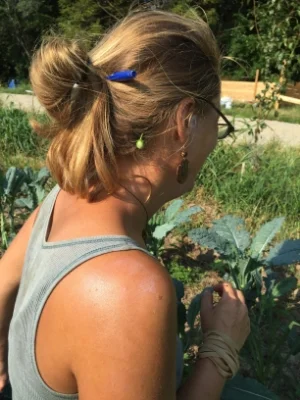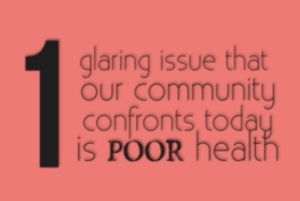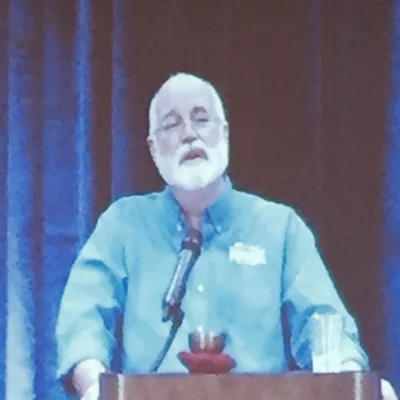Challenging the Cult of Speed
I've read a lot of about multitasking and the negative effects of this method. Even while I've learned that it's not good for many reasons, I succumb to it's draw. While I'm posting, I have a thank you letter to write on my left, pictures to transfer from phone to laptop, book club dates for 2016 to send out, etc. We all know the drill. It is seen as an asset in today's culture.
I've found another approach to limiting my multi-taskedness and that is to embrace slowness. Yes, slowness. It was this article from Shane Parrish, on Farman Street that helped me realize steps I could take to slow myself, my work, my mind...down.
Points that made sense to me were: We live in a world with more information than ever yet we understand less. Understanding comes from focusing, chewing, and relentlessly ragging on a problem. Thinking requires time and space. It's slow. It means saying I don't know. We're expected to have an opinion about everything and yet our time to think is near zero. we have more opinions than ever but have less understanding.
Instead of thinking deeply, or letting an idea simmer in the back of the mind, our instinct now is to reach for the nearest sound bit. In modern warfare, correspondents in the field and pundits in the studio spew out instant analysis for the vents as they occur. Often, their insights turn out to be wrong. But that hardly matters nowadays: in the land of speed the man with the instant response is king. The electronic media is dominated by what one French sociologist dubbed "le fast thinker" - a person who can without skipping a beat, summon up a glib answer to any question.
"Fast and slow do more than just describe a rate of change. They are shorthand for ways of being, or philosophies of life. Fast is busy, controlling, aggressive, hurried, analytical, stressed superficial, impassion, active, quantity-over-quality. Slow is the opposite: clam, careful, receptive, still initiative, unhurried, patient, reflective, quality-over-quantity. It is about making real and meaningful connections - with people, culture, work, food, everything" The Red Queen Effect, Shane Parrish.
Fast eats time. One consequence of fast is that we make poor decision after poor decision. Poor decisions eat time. And in a culture where people wear busyness as a badge of honor bad decisions actually lead us to think that we're doing more.
























































































